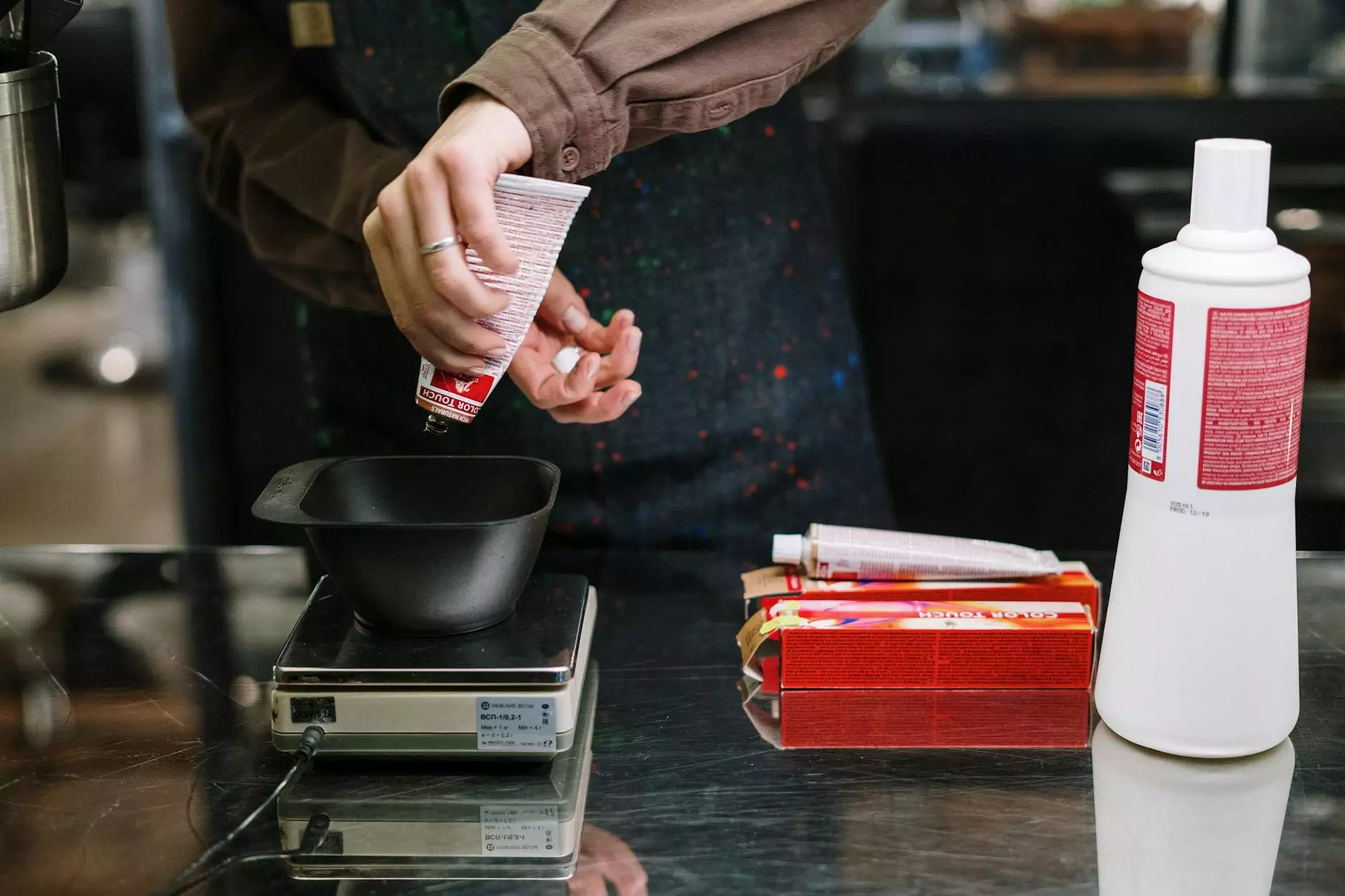Ultimate Guide to Plaster Pool Maintenance

Your swimming pool is a refuge of relaxation and recreation, and maintaining its aesthetic appeal and functionality is essential, especially when it comes to plaster pool maintenance. A well-maintained plaster pool not only looks stunning but also prolongs the life of your investment and ensures a safe swimming environment. In this detailed guide, we will explore the necessary steps, tips, and best practices to keep your plaster pool in pristine condition.
Understanding Plaster Pools
Plaster pools are renowned for their smooth, glossy finish, providing a classic aesthetic that complements any backyard. Typically made from a mixture of Portland cement, marbles, and water, the plaster creates a durable surface that enhances the overall look of your swimming pool. However, plaster pools require specific maintenance to prevent wear and tear.
Benefits of a Plaster Pool
- Durability: When properly maintained, plaster pools can last a long time.
- Versatile Design: They can be painted or colored to match any landscape.
- Smooth Finish: The surface is gentle on skin and feet, providing a luxurious swimming experience.
- Reflectivity: Plaster pools offer a brilliant aesthetic, enhancing the visual appeal of your garden.
Key Components of Plaster Pool Maintenance
Proper maintenance of a plaster pool involves several key components. Here's a breakdown of what needs to be routinely checked and addressed:
1. Regular Water Testing
Keeping your pool water chemically balanced is crucial to the longevity of the plaster surface. Regularly testing the water chemistry helps in preventing algae growth and ensures that the water is safe for swimming. You should check:
- pH Levels: Should be between 7.2 and 7.8.
- Alkalinity: Should be maintained between 80-120 ppm.
- Calcium Hardness: Essential to prevent plaster erosion; aim for 200-400 ppm.
- Chlorine/Sanitizer Levels: Ensure proper sanitation to keep the pool clean.
2. Skimming and Brushing
Regular skimming and brushing are vital in plaster pool maintenance. This involves:
- Skimming the Surface: Remove leaves, debris, and insects daily for a clean pool.
- Brushing Walls: Brush the pool walls and steps weekly to avoid stains and buildup. Use a nylon-bristled brush for plaster surfaces to prevent scratching.
- Vacuuming: Use a vacuum system to eliminate dirt and algae from the bottom. Aim for vacuuming at least once a week.
3. Regular Filtration
Ensure your pool filtration system runs efficiently. Generally, the pump should operate at least 8 to 12 hours per day. This allows:
- Effective Cleaning: Circulates water properly and helps in trapping debris.
- Chemical Distribution: Ensures that pool chemicals are evenly distributed throughout the water.
Addressing Surface Issues
Even with diligent maintenance, issues may arise on the plaster surface. Here’s how to address common problems:
Stains and Discoloration
Stains can happen due to various reasons like poor water chemistry or organic matter. Here are some tips to tackle staining:
- Identify the Cause: Different stains have different remedies (organic stains, metal stains, etc.).
- Pigment Removal: Use a stain removal solution specific to the type of stain.
- Prevention: Regularly test and balance your water to avoid future stains.
Cracking and Chipping
Over time, plaster may crack or chip. Here’s how to manage these issues:
- Minor Cracks: Small cracks can often be repaired with a plaster repair kit.
- Professional Help: For larger damage, consider contacting a professional to replace sections of plaster.
Seasonal Maintenance Tips
Maintaining your plaster pool doesn’t stop in the summer. Here's a seasonal guide to keeping your pool in top shape:
Spring Maintenance
- Inspect Equipment: Check your pump and filter for any damage caused during winter.
- Open Swimmer's Season: Clean and balance the water as you prepare for swimming.
- Check Safety Features: Ensure all safety equipment and fences are intact.
Summer Maintenance
- Daily Checks: Ensure the pool water is clean and safe.
- Frequent Testing: Water chemistry should be tested more frequently during hotter months.
- Monitor Evaporation: Keep an eye on water levels and refill as necessary.
Fall Maintenance
- Debris Management: Remove leaves and debris regularly.
- Prepare for Winter: Consider winterizing if you live in cooler climates.
Winter Maintenance
- Cover Your Pool: Use a pool cover to keep debris out.
- Lower Water Levels: Depending on your location, you may need to lower water levels to prevent freeze damage.
- Regular Checks: Inspect the pool cover and maintain the system throughout the winter.
Conclusion
Maintaining a plaster pool requires dedication, but the rewards are significant. By following the strategies outlined in this guide, including proper plaster pool maintenance, you’ll ensure that your swimming pool remains a beautiful and safe space for family and friends. Remember to adapt your maintenance routine according to the seasons and always stay vigilant for any signs of trouble. For those who may find these tasks overwhelming or are seeking professional help, Pool Renovation offers expert services in swimming pool maintenance and repairs, tailored specifically for plaster pools. Invest in your enjoyment and peace of mind by keeping your pool well-maintained!









